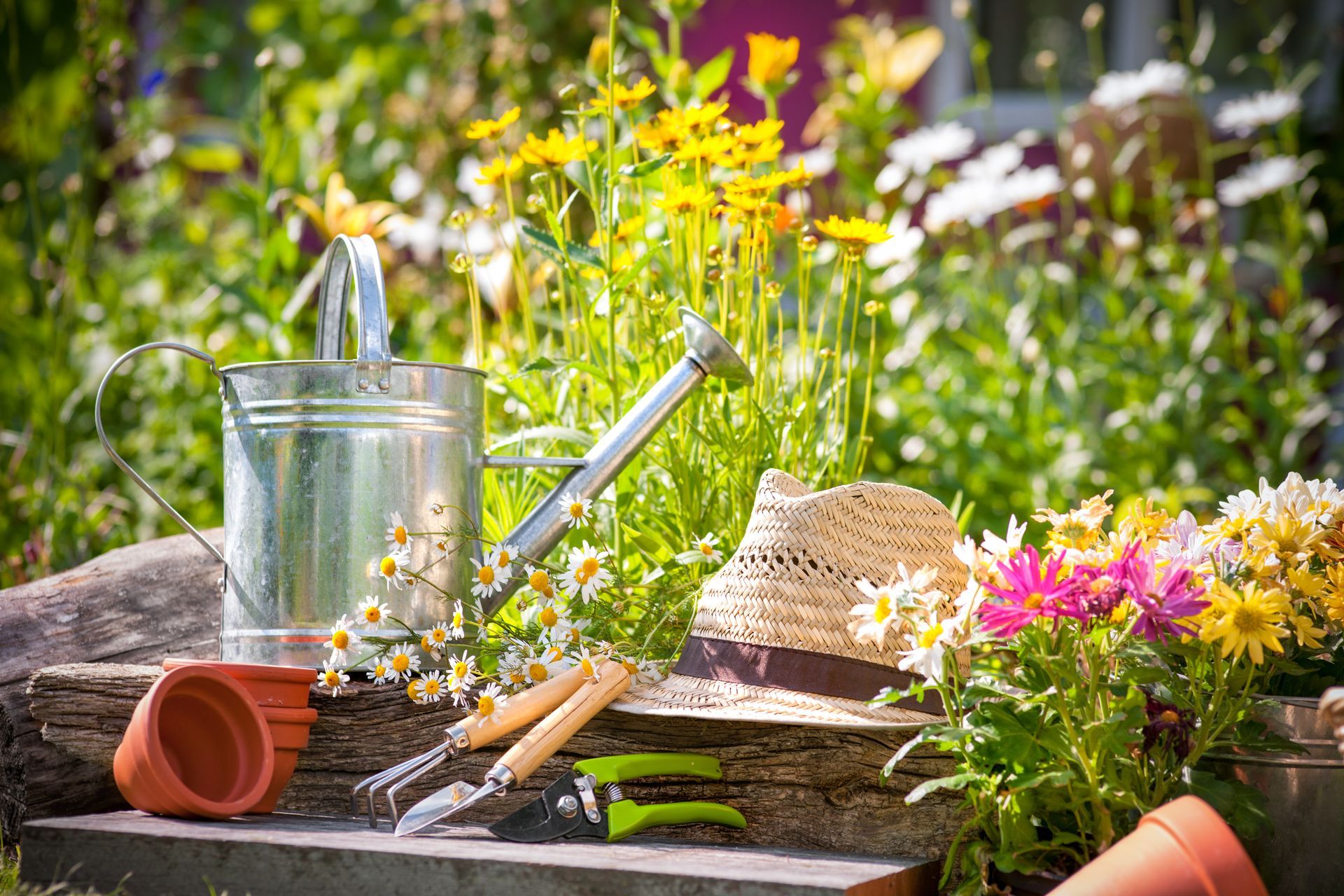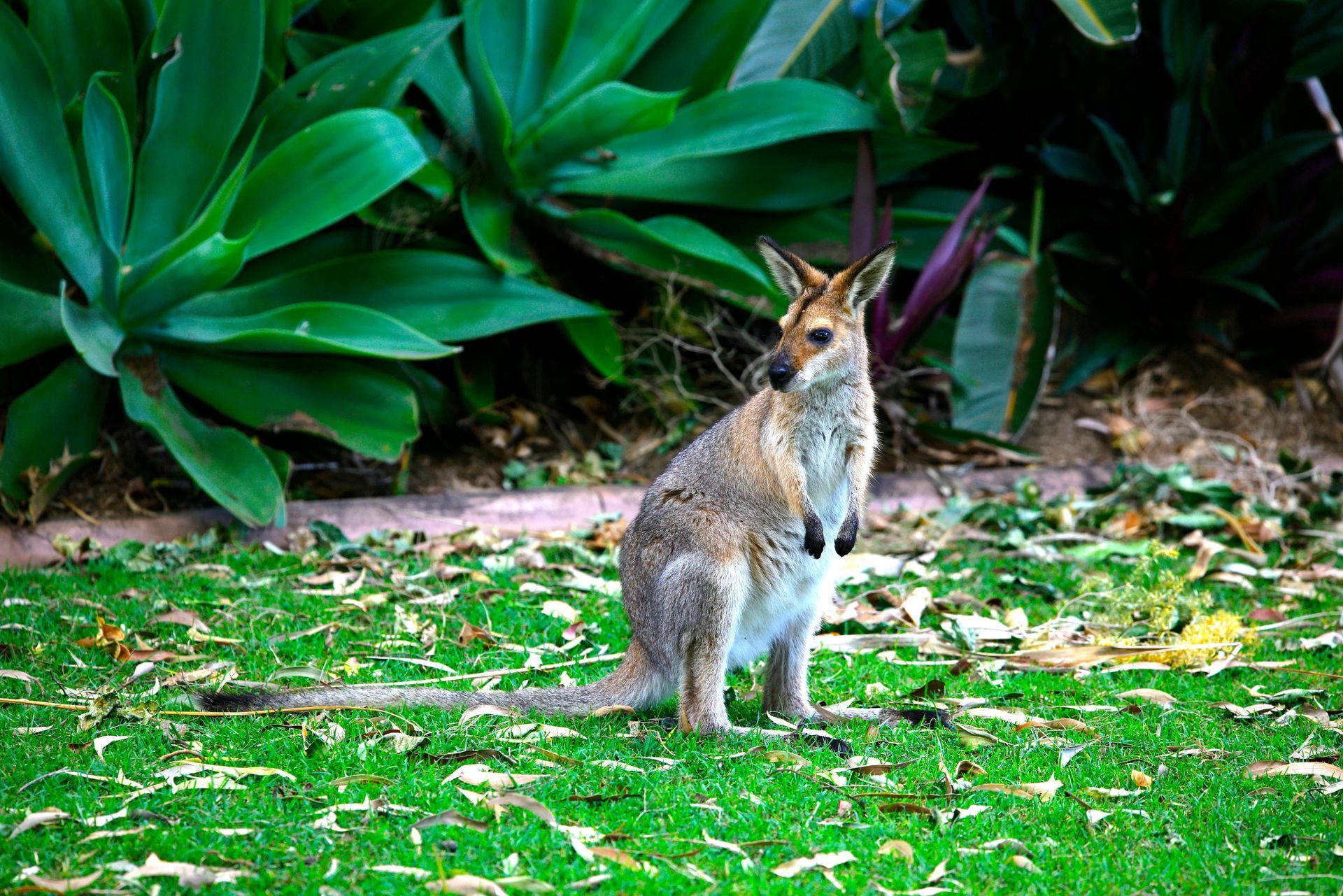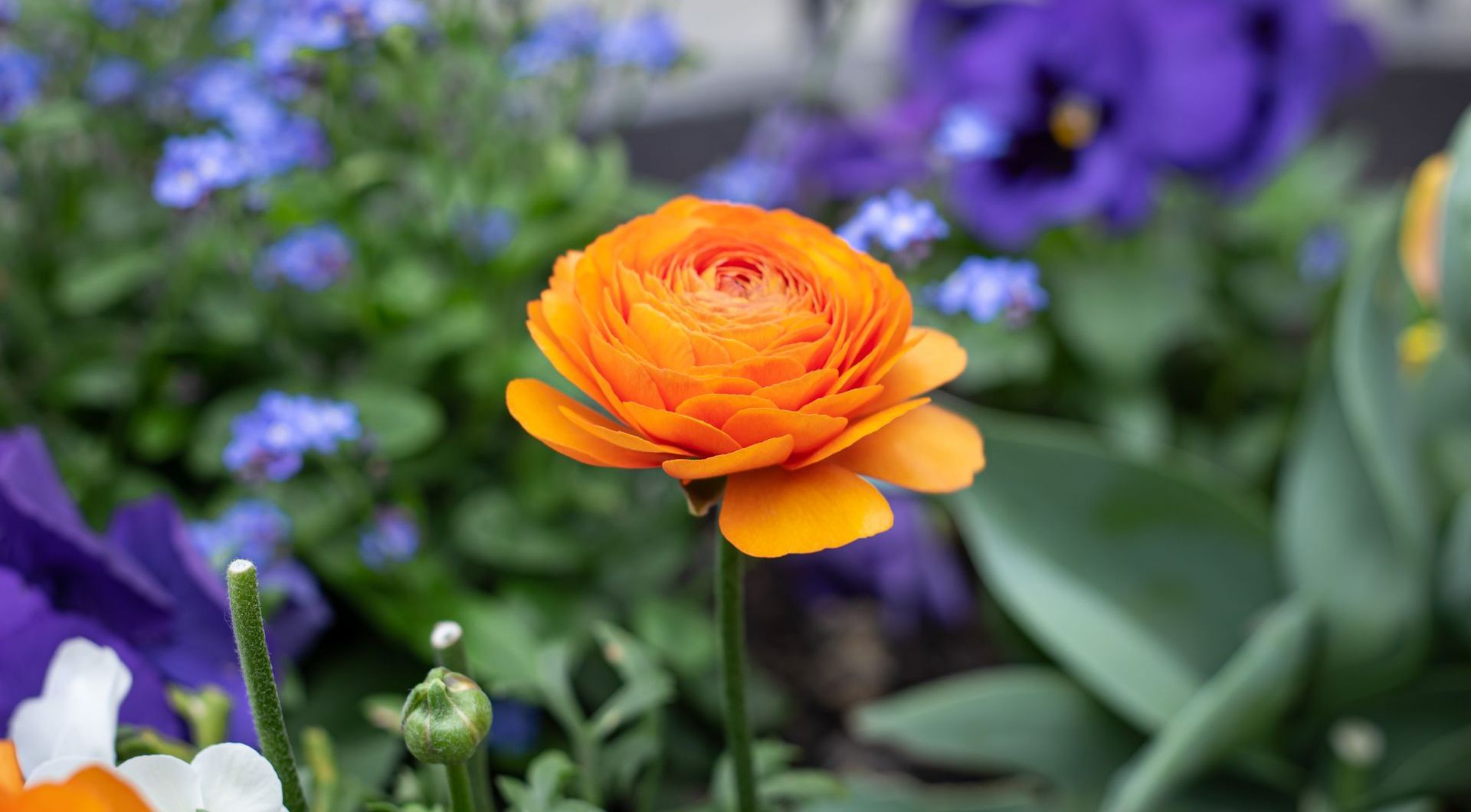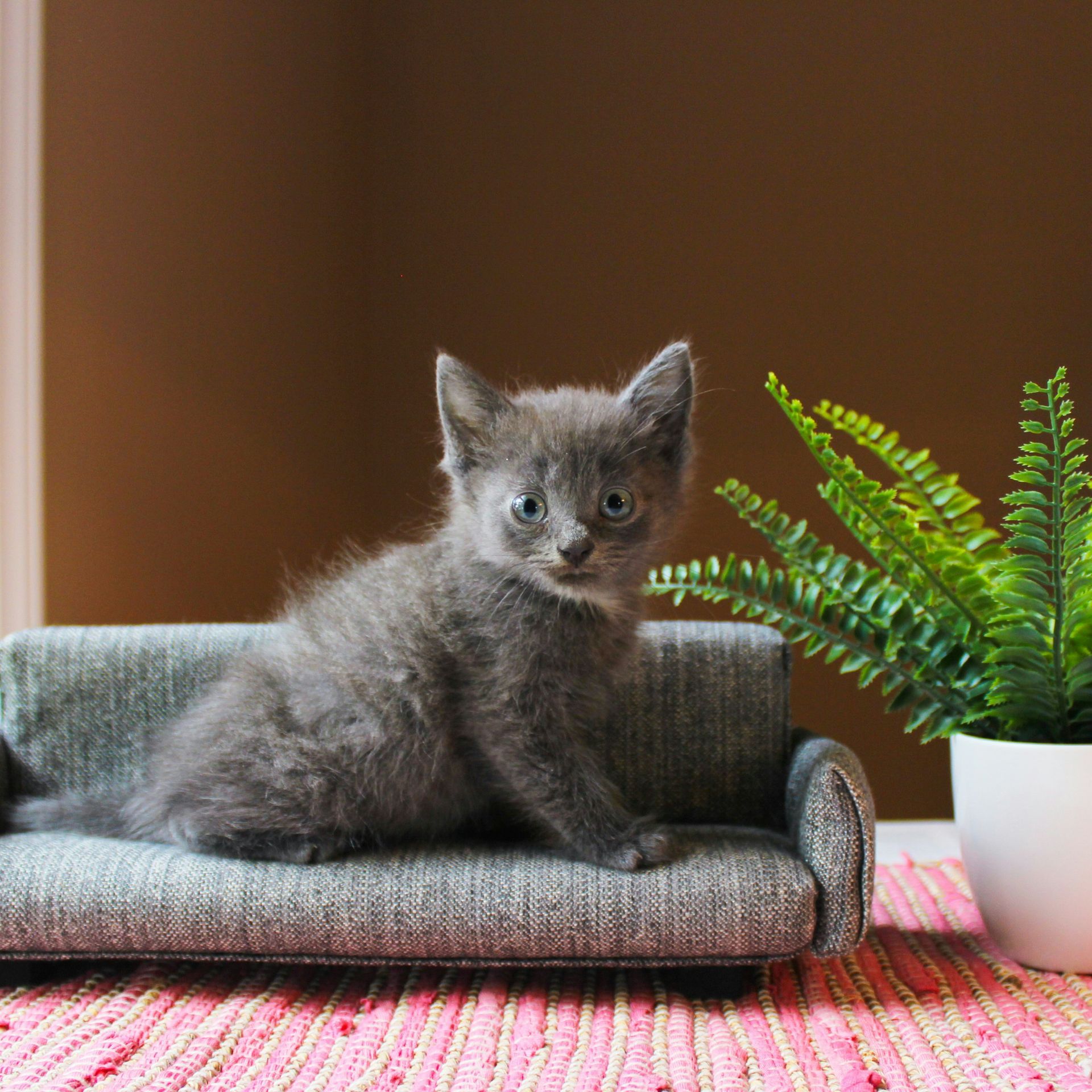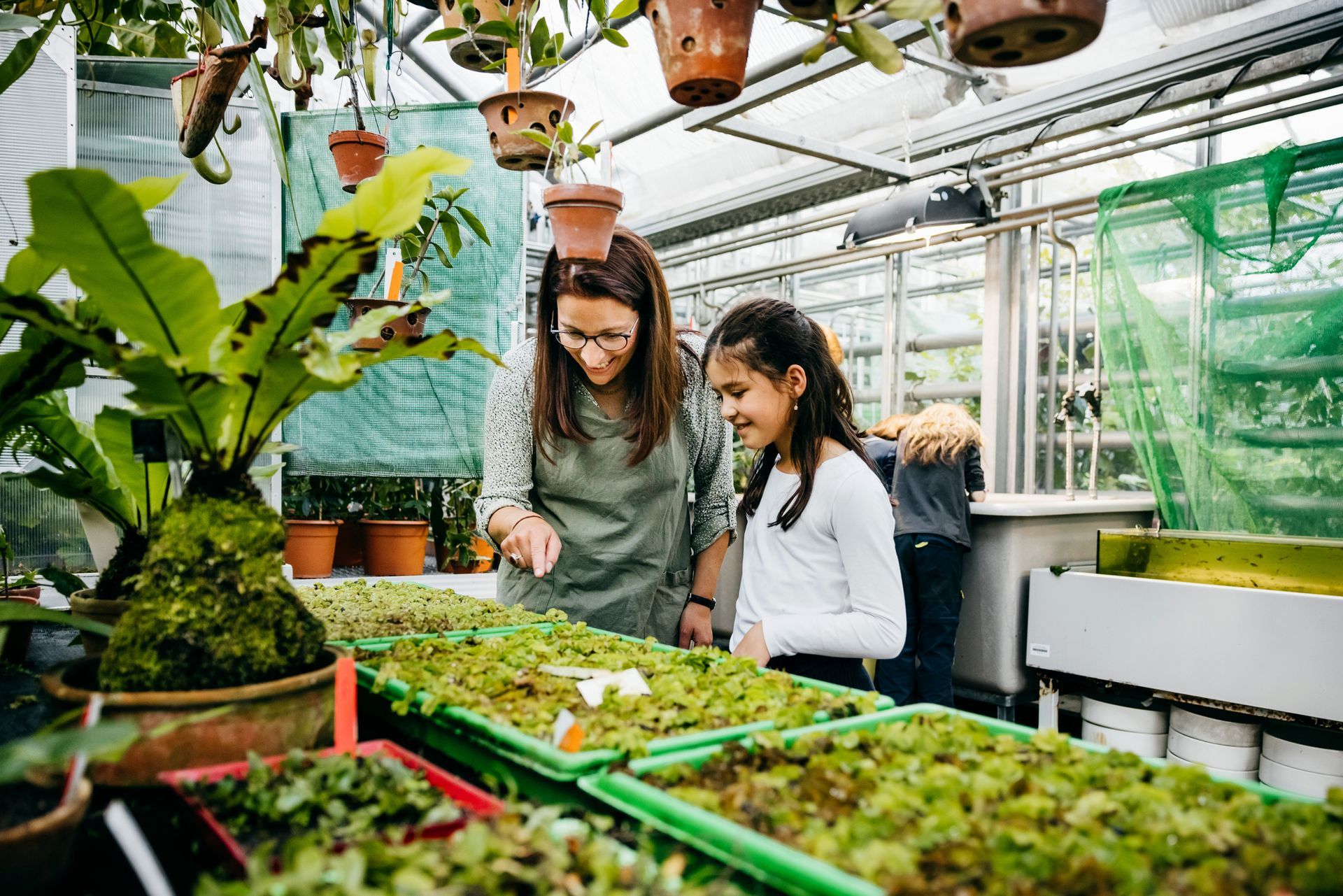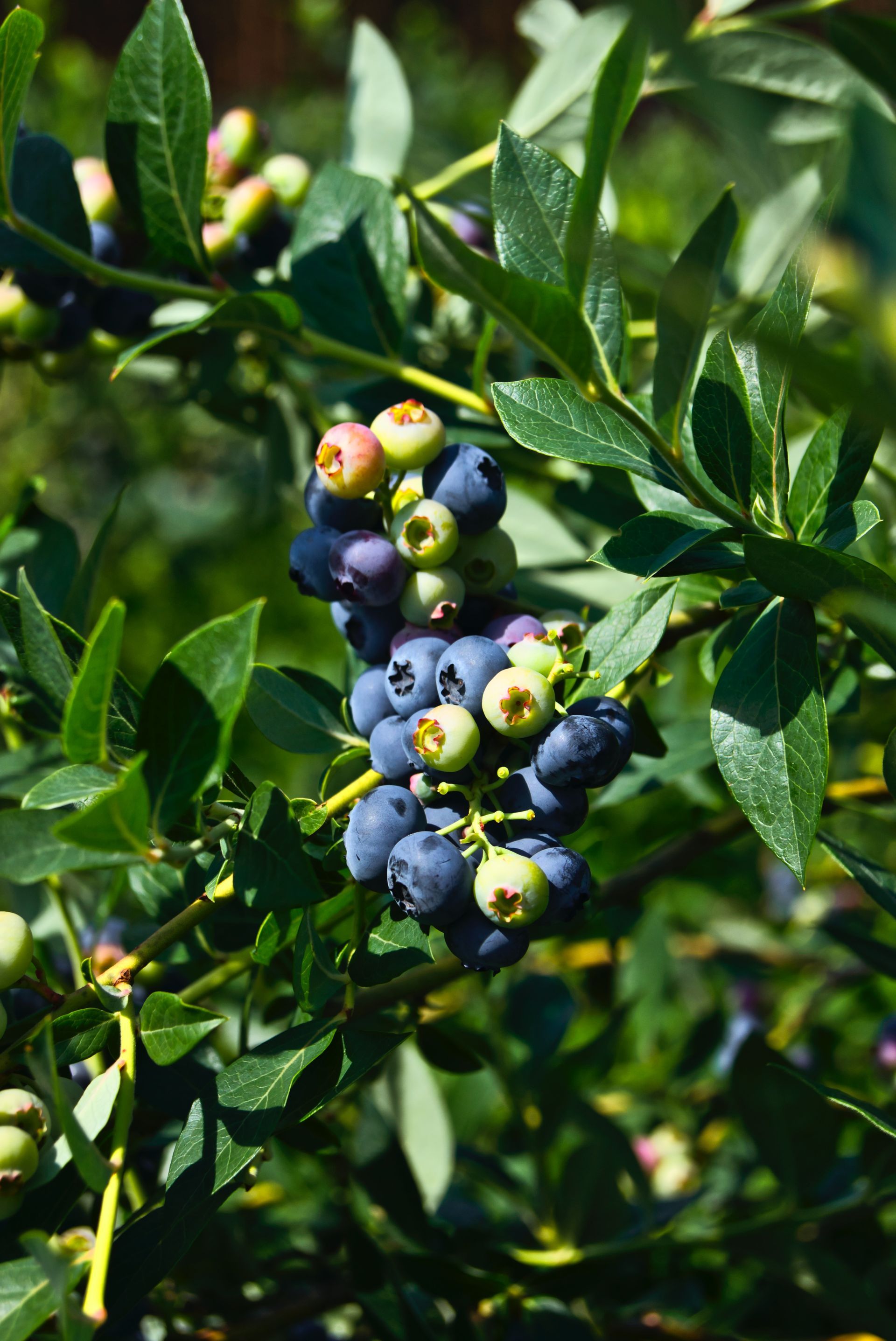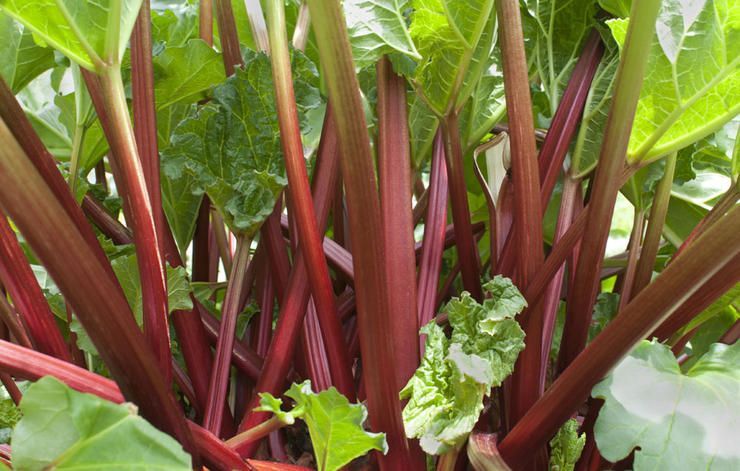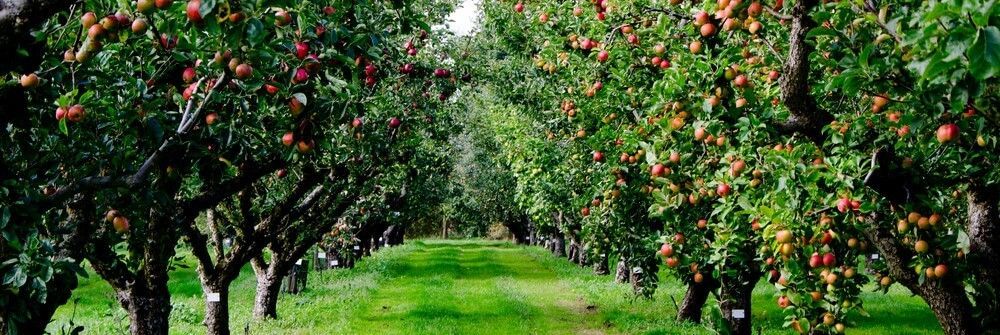Prevent Leaf Curl in Peach & Nectarine trees
What is Curly Leaf ? A disease caused by the fungus Taphrina deformans.
As spring approaches Curly Leaf may be about to rear it’s ugly head and attack your peach & Nectarine trees. Curly Leaf will stop your trees properly photosynthesising which will result in an inability to produce fruit.
Symptoms
Leaf Curl symptoms appear early in the season, approximately 1 month after flowering starts. On young leaves, infected portions may be pink - red in colour.
These areas become thick, and do not expand at the same rate as healthy leaf tissue. This leads to the characteristic curled appearance of this disease.
Whole shoots can be infected, becoming swollen and stunted, pale green to yellow and may exude gum. When this damage affects leaders, lateral branching may occur, leading to ‘witches broom’.
Young trees are particularly susceptible to shoot infection. Infected fruit has raised, irregularly shaped and roughened areas which may redden long before healthy fruits show any colour change.
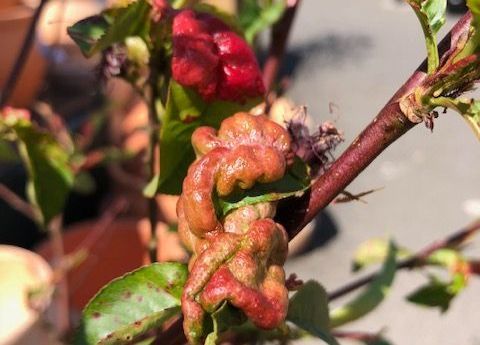
Disease cycle
Spores of the fungus are splashed onto the emerging leaves. The disease is most severe if cool, moist weather occurs during blossom to shuck fall.
If a severe infection occurs and the disease is not controlled, further disease cycles can occur later in the spring.
It’s time to spray for Leaf Curl on your Peach & Nectarines trees. If this simple task isn’t done soon, you’ll pay the price later on with plants that have lost vigour, have deformed foliage & reduced crops.
We recommend liquid copper as it contains micro-fine copper particles with the latest technology which helps the product stick to the plant better. This makes the spray far more effective.
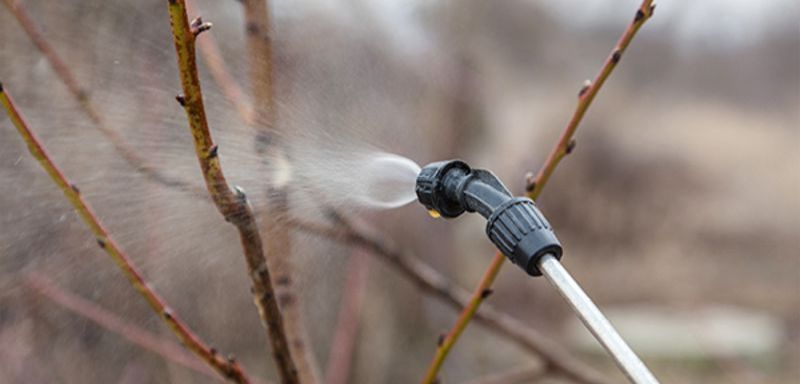
Trees need to be sprayed 3 or 4 times over a 5 to 6 week period for the best chance of preventing Curly Leaf.
- First spray: At bud swell - the buds fatten and are almost open (you might just see the first colour appear) and before flowering.
- Second spray: At fruit set - when 90% of the flowers are finished.
- Third spray: 2 weeks after 2nd spray.
- 4th spray: Only if weather has been particularly wet. You may need to follow up with further spraying if you experience particularly wet weather.

